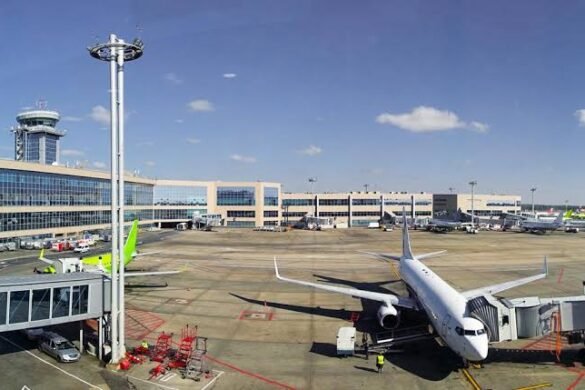The ongoing crisis surrounding Jet Airways has reached a critical juncture, with lenders remaining resolute in their demand for the airline’s liquidation. Once a prominent player in India’s aviation sector, Jet Airways has faced significant financial turmoil, leading to its suspension of operations in April 2019. Despite hopes for a revival, the airline’s mounting debts and inability to secure adequate funding have left creditors with little choice but to advocate for the closure of the airline.
The situation highlights the broader challenges facing the Indian aviation industry, which has been grappling with the impacts of the COVID-19 pandemic, rising fuel prices, and fierce competition. Jet Airways, which was once known for its premium service and extensive domestic and international network, has seen its reputation tarnished as its financial woes have escalated. The airline’s financial difficulties have been exacerbated by a combination of operational mismanagement, high operational costs, and the competitive pressures that characterize the industry.
As the crisis deepens, lenders have reiterated their stance on liquidation as the most viable option. The creditors, which include several banks and financial institutions, are facing substantial losses due to Jet Airways’ unpaid debts, which have accumulated over the years. In this context, the demand for liquidation serves as a means to recover at least a portion of their investments, albeit at a significant loss.
The airline’s previous attempts to restructure and resume operations have faltered, primarily due to a lack of sufficient investment and the inability to navigate the complexities of the aviation market. While the National Company Law Tribunal (NCLT) had approved a resolution plan that included a potential revival of the airline, the lack of concrete progress has led lenders to question the feasibility of such plans. The prolonged uncertainty surrounding Jet Airways has left employees, stakeholders, and passengers in limbo, with no clear path forward.
Liquidation, however, is not just a financial decision; it has broader implications for the Indian aviation landscape. The exit of Jet Airways would further consolidate the market among a handful of major players, potentially stifling competition and limiting options for consumers. The airline once played a crucial role in connecting various domestic and international routes, and its absence could lead to reduced service quality and higher fares for travelers.
Despite the grim outlook, some stakeholders continue to advocate for a potential revival of Jet Airways. There are calls for a reconsideration of the restructuring plans, arguing that with the right management and investment, the airline could regain its competitive edge in the market. However, such sentiments are often overshadowed by the realities of the financial situation and the lack of investor interest in a struggling brand.
In conclusion, the crisis facing Jet Airways underscores the challenges within the Indian aviation sector. With lenders firm on their demand for liquidation, the future of the airline appears increasingly bleak. While there are discussions about potential revival strategies, the lack of tangible progress and financial viability raises serious concerns about the airline’s ability to return to the skies. The situation serves as a cautionary tale for the industry, highlighting the need for sustainable business practices and effective management to avoid similar crises in the future.

